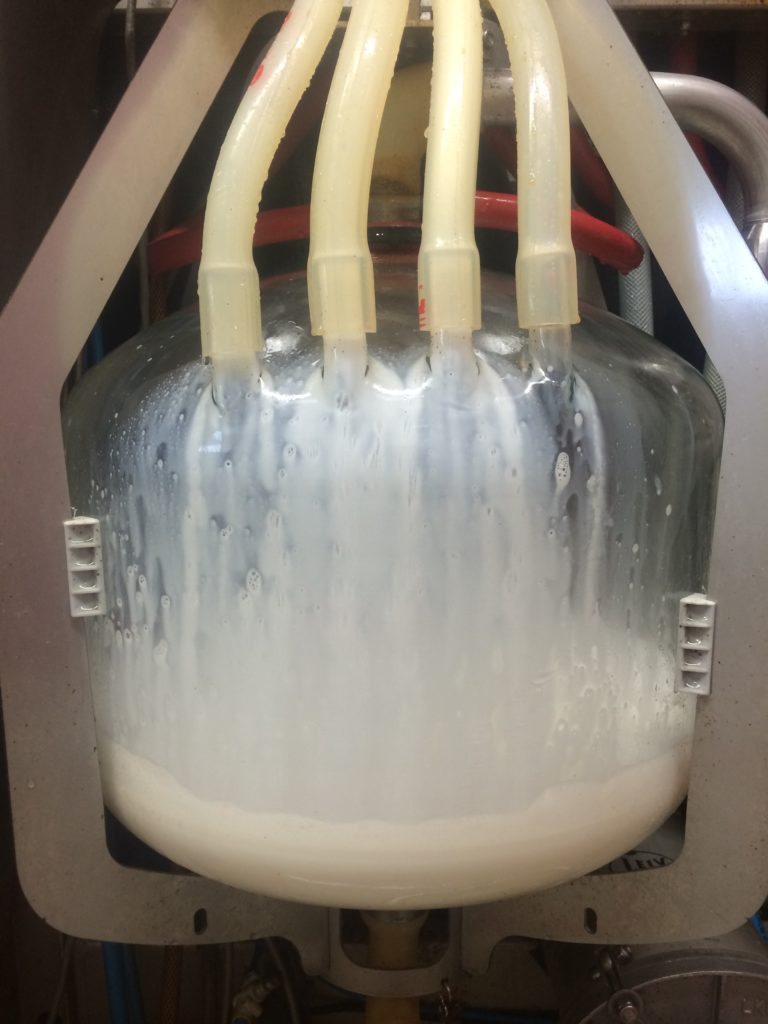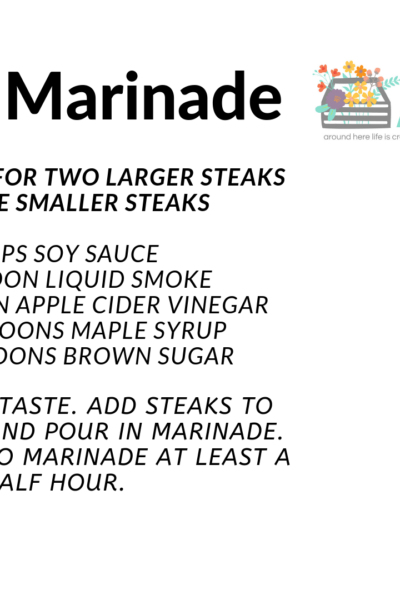I get asked about hormones in milk a lot. My sister just asked me to clarify some things about them last week and that told me it is time to write a post about it. If my sister forgets and asked about it, then people who have never been around a farm must have a lot more questions. I will start out by saying, your milk is safe! There is no need to be concerned about the safety of milk.
Hormones are in all Milk
To start, I know many of you are concerned about rbST. I will address that topic shortly. I felt like I needed to begin by saying this: Hormones are in all milk. I am talking goat milk, sheep, cow, human and even soy milk. Yes, even plants have hormones in them. Again, I will address that topic in more depth later. Hormones are just a part of nature and there is no need to be worried about it.
What is rbST and bST?
I will start with bST. BST stands for Bovine Somatotropin, a.k.a. bovine growth hormone. Each species -or type of animal- has their own version of growth hormone. This growth hormone is unique to each species. There are two major types of hormones and one of them are protein hormones. Growth hormones are protein hormones. Each species’ growth hormone only has about 30% of the amino acid chain (amino acids are the building blocks of proteins) in common with another species. When you ingest a growth hormone of another species, you body simply digests it as a protein because it is not recognized as anything other than a protein molecule.
RbST is a synthetic version of bST that was made with the same technology used to develop insulin for diabetes. It is given to increase a cow’s milk production. There is not a discernible difference between rbST and bST. As an industry we cannot even test for it to see if a cow has been given rbST because the molecules are so identical. In addition, by giving a cow rbST it does not increase the amount of it in her milk.
Long story short, bST and rbST are nothing to be worried about! Your body doesn’t even recognize it as a hormone and it is completely safe. I drink milk from the grocery store all the time just like your family and I do not worry about it. The label may say it is made from cows not treated with rbST but it also says that scientific research and studies show there is no nutritional difference between milk from cows treated with rbST and not treated.
In some places like Michigan, our cooperatives have asked us to sign affidavits that we will not use rbST. It is not because of how healthy the milk is, it is because our processors asked for it and we decided to provide it as a cooperative. So the cows on my family’s farm are not treated with rbST but that is not because we believe the technology is unsafe.
Hormones are in Milk. Period.
Any animal that lactates (produces milk, so a female mammal) will release growth hormone into their milk. Using rbST does not increase the amount of bST released in the milk. It has no impact in the quality of the milk whatsoever. The amount of bST is small and it is something you should no be concerned about.
BST is not the only hormone many people are concerned about. I vaguely talked about the sex hormones (i.e. estrogen and testosterone) earlier in this post too. The reality is estrogen is present in all food. Even fruits and vegetables. You might even be surprised by the amount of estrogen in the foods you eat every day.
Estrogen is in Everything, Even Milk
In 3 ounce servings of food here are some surprising numbers for the amount of estrogen! To put a nanogram into prospective it is one billionth of a gram. That is one tiny amount! So even the foods with the highest amount of estrogen it’s actually a tiny amount when you put a nanogram into perspective.
Soybean Oil has 168,000,000 nanograms
Milk has 11 nanograms
Potatoes have 225 nanograms
Peas have 340 nanograms
Wheat germ has 3,400 nanograms.
In comparison to the amount of estrogen in our own bodies what we eat is not much.
Non-pregnant women have 480,000 nanograms
Pregnant women have 3,415,000 nanograms
Men have 136,000 nanograms
Male child before puberty has 41,500 nanograms
Female child before puberty has 54,000 nano grams
If you have more questions these are my favorite resources on this subject. These resources give peer reviewed, scientifically based information and facts.
FACT SHEET: Growth Promotant Use in Cattle Production
Hormones in Milk: Are They Cause Early Puberty in Girls?
The Facts About Recomdinant Bovine Somatotropin rbST
Myth-Busting: The Facts Versus the Myths Regarding rbST
Are there Growth Hormones in my Milk?
Hormones in Beef? Reader Question Answered





